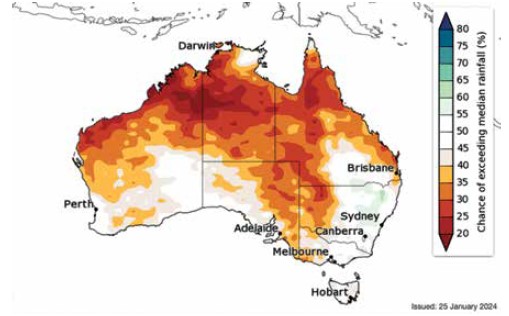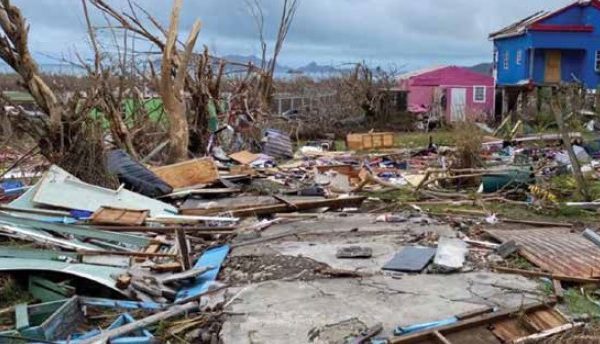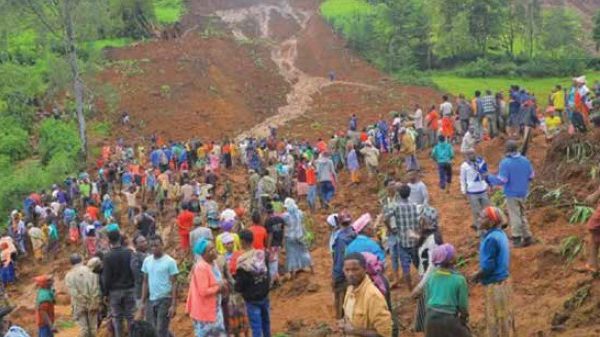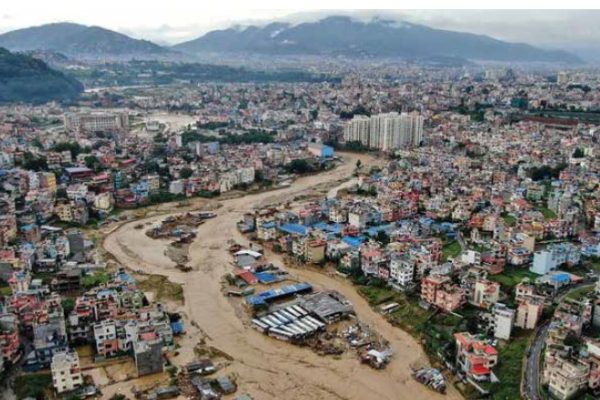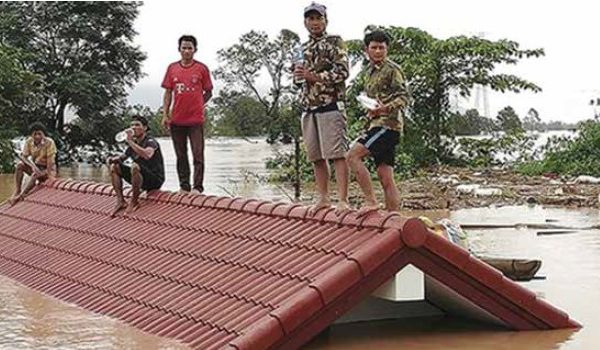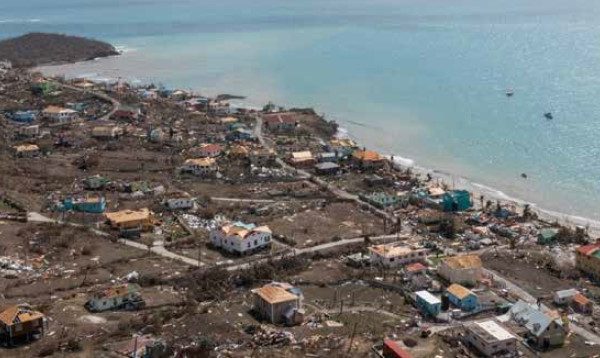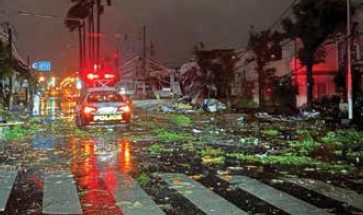
Typhoon Shanshan Slams Japan: Nation Braces for Unprecedented Disaster
Japan is in the grip of a powerful natural disaster as Typhoon Shanshan, the strongest typhoon of 2024, made landfall on the southern island of Kyushu. With torrential rainfall and wind speeds reaching a staggering 252 km/h (157 mph), the typhoon is threatening to unleash widespread destruction across the region. As Japan’s Meteorological Agency warns…




